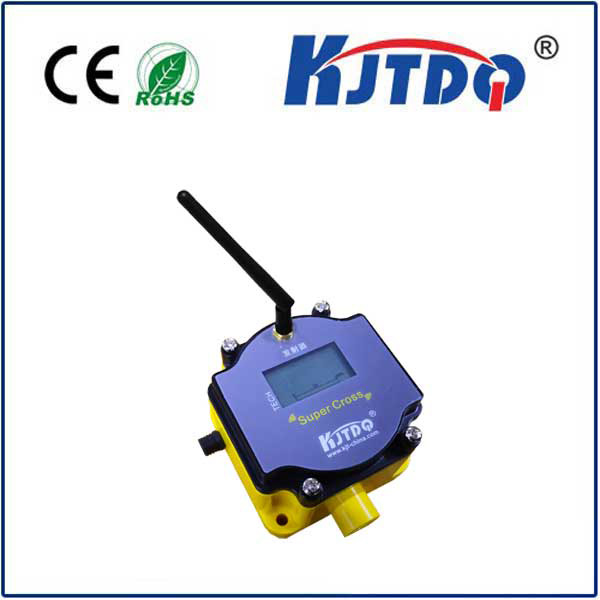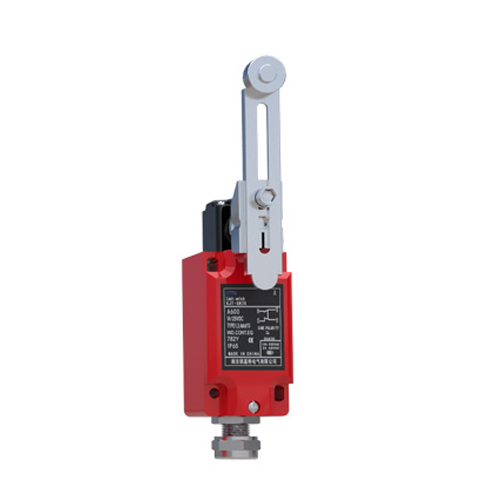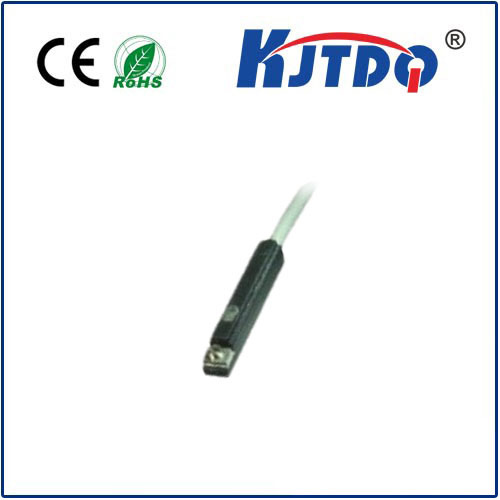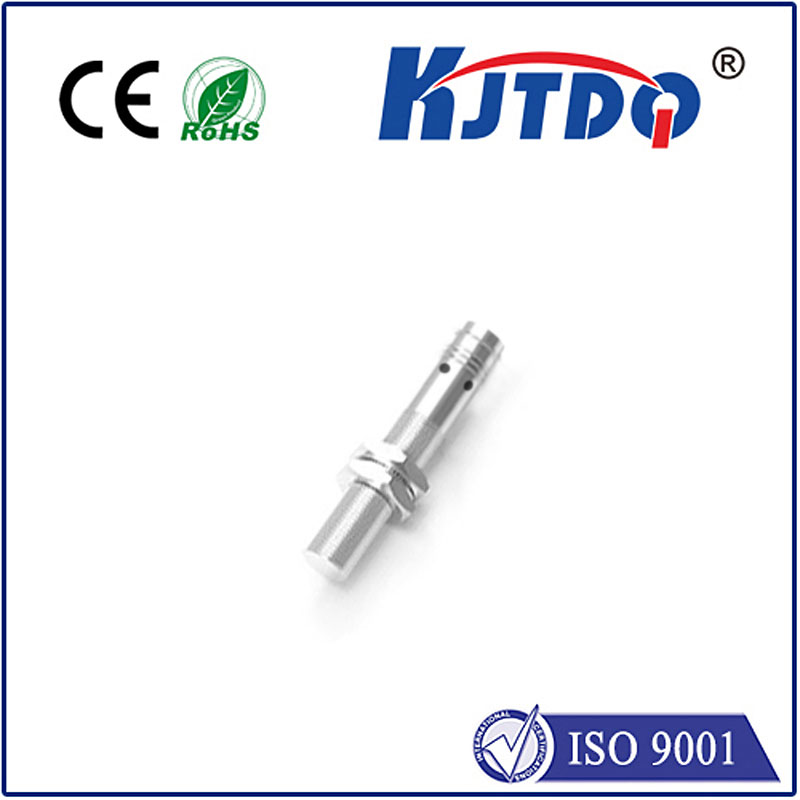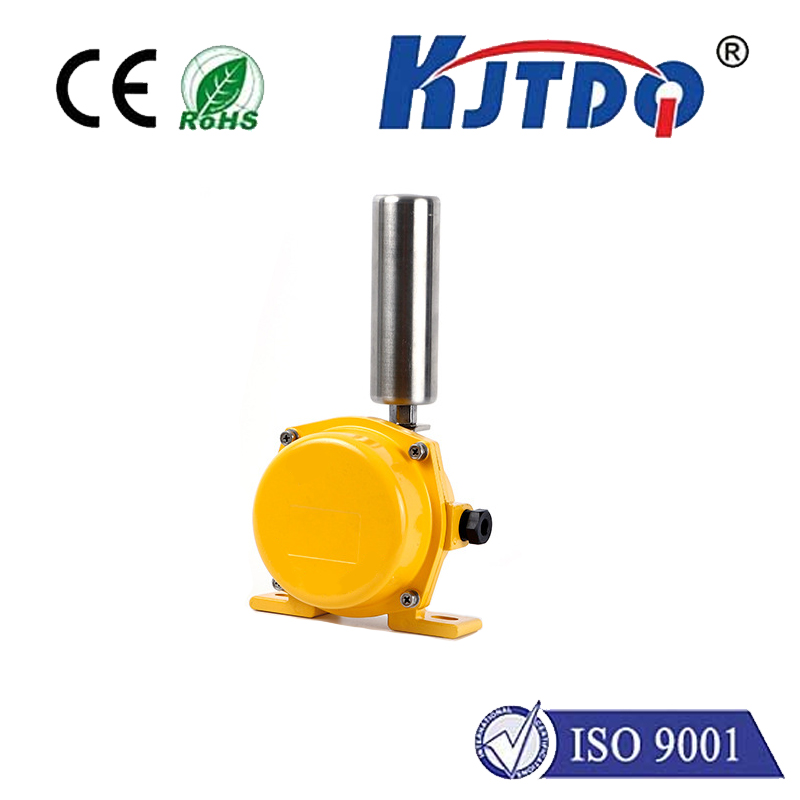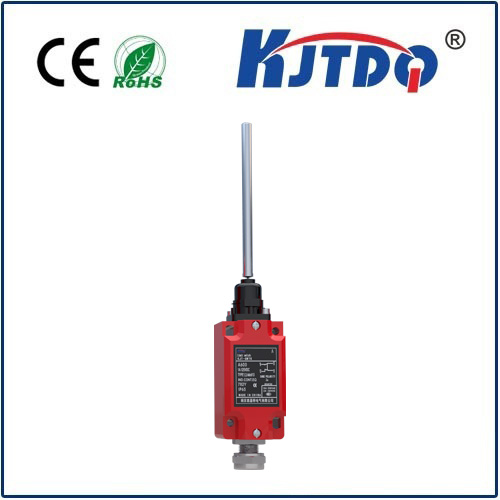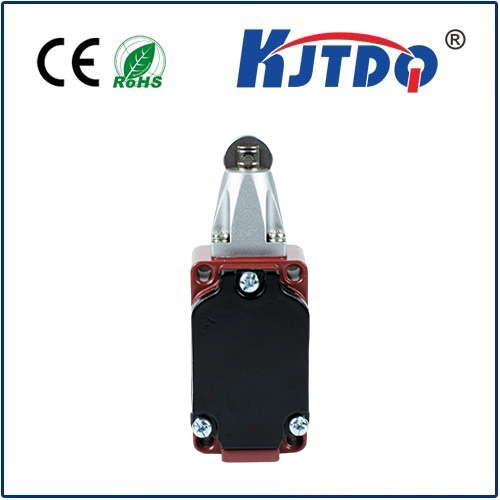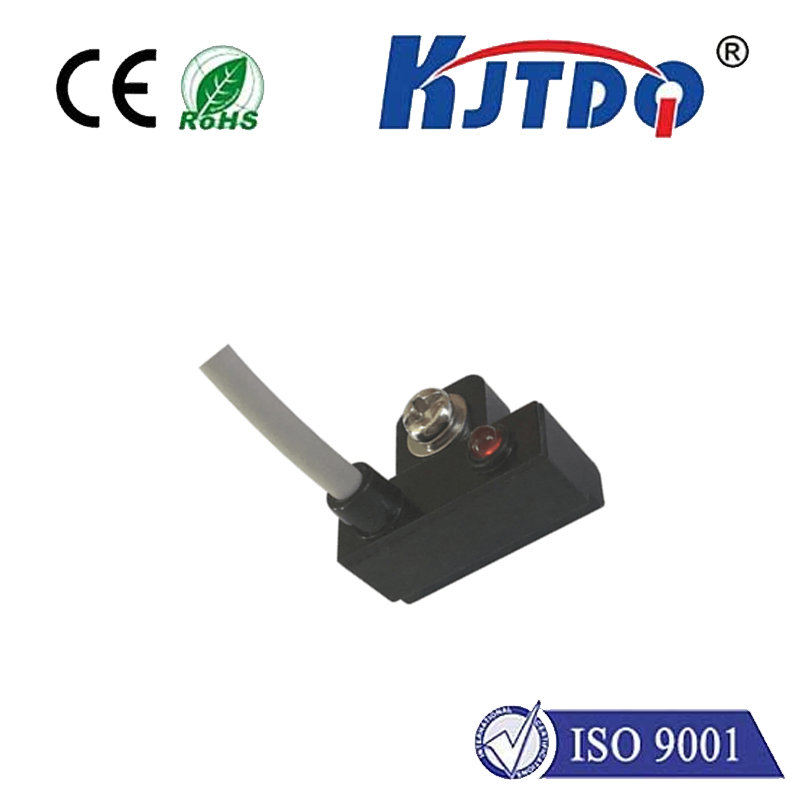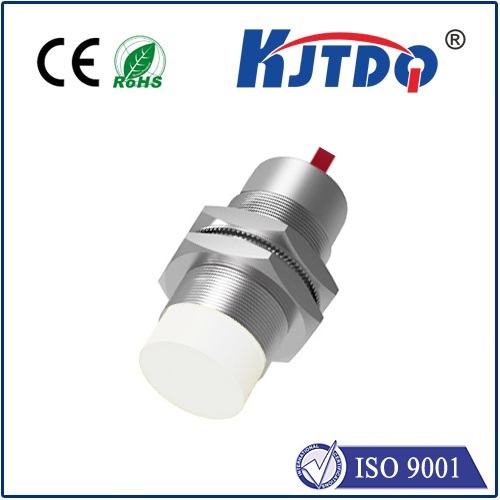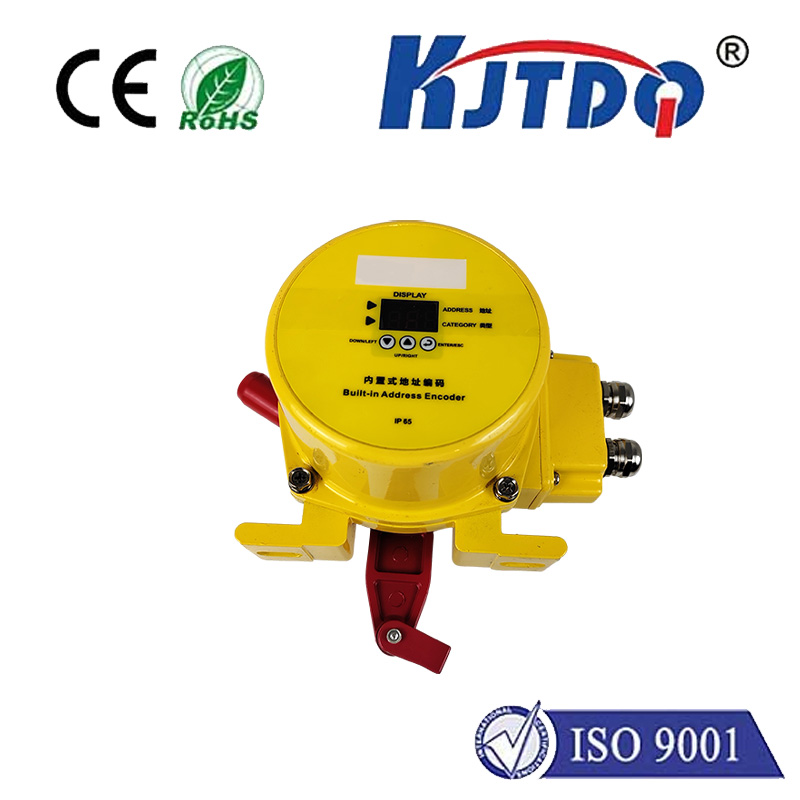BES02RJ proximity sensor
- time:2025-10-16 14:22:44
- Click:0
Unlocking Precision: The Essential Guide to the BES02RJ Proximity Sensor
In the intricate dance of modern machinery and automated processes, seeing isn’t always believing. What matters is knowing – knowing precisely when an object is present, when a position has been reached, or when a critical safeguard is triggered. This is the silent, indispensable domain of BES02RJ proximity sensors. More than just a component, this specific sensor variant represents a focused solution for reliable, non-contact object detection within demanding industrial environments. Let’s delve into what makes the BES02RJ a trusted choice for engineers and technicians seeking uncompromising performance.
Understanding the Core: What is the BES02RJ Proximity Sensor?
At its heart, the BES02RJ proximity sensor is an inductive proximity sensor. This means it detects the presence of electrically conductive metallic objects (primarily ferrous metals like iron and steel, though some detect non-ferrous metals too) without requiring physical contact. How? It generates a high-frequency electromagnetic field from its sensing face. When a metal target enters this field, it induces eddy currents within the target, causing a measurable change in the sensor’s internal oscillation circuit. This change triggers the sensor’s output signal, indicating detection.
The designation “BES02RJ” typically points to a specific model line within a manufacturer’s catalog. While exact specifications vary slightly by brand, “BES” often signifies a standard inductive sensor series, “02” frequently relates to the barrel size (commonly M12 x 1), and “RJ” often indicates the connection type – typically a pre-wired cable with a specific length and connector type like M12 plug.

Key Features Driving Reliable Detection
The BES02RJ proximity sensor is engineered for ruggedness and precision. Key features that define its capabilities include:
- Compact M12 Housing: The prevalent “02” size refers to a compact cylindrical housing, usually M12 x 1 threaded. This standardized size makes it easy to integrate into countless machine designs, panels, and mounting fixtures.
- Sturdy Build & Protection: Built to withstand the rigors of industrial floors, these sensors typically boast high IP (Ingress Protection) ratings like IP67 or IP68. This means they are effectively sealed against dust ingress and protected against temporary or even prolonged immersion in water, crucial for washdown environments or outdoor applications.
- Reliable Non-Contact Operation: Eliminating physical wear and tear, inductive sensing offers a long operational lifespan ideal for high-cycle applications like detecting parts on a conveyor belt, monitoring cylinder positions, or counting metal objects.
- Defined Sensing Range: Every BES02RJ will have a specified nominal sensing distance (Sn). This is the guaranteed detection range for a standard target under defined conditions. Common ranges for M12 inductive sensors are often 2mm, 4mm, or 8mm. Selecting the correct sensing range is vital for optimal performance.
- Output Configurations: The “RJ” designation often corresponds to a specific electrical output. This could be:
- NPN Normally Open (NO): Output switches to 0V (ground) when target detected.
- NPN Normally Closed (NC): Output switches to 0V (ground) when target absent.
- PNP Normally Open (NO): Output switches to positive supply voltage when target detected.
- PNP Normally Closed (NC): Output switches to positive supply voltage when target absent. Verifying the correct output type (NPN/PNP, NO/NC) is essential for compatibility with your control system (PLC, relay, etc.).
- Cable Connection: The “RJ” suffix frequently specifies a specific cable type and length (e.g., 2 meters) with the appropriate connector (like a straight M12 male plug). This offers convenient plug-and-play connectivity.
- LED Status Indicator: Most variants include a built-in LED that illuminates when an object is detected, providing crucial visual feedback for setup and troubleshooting.
Where Precision Meets Application: Key Use Cases
The inherent reliability and robustness of the BES02RJ proximity sensor make it a cornerstone across diverse sectors:
- Factory Automation: Machine guarding, detecting end-of-stroke positions on cylinders, presence detection on assembly lines, part counting, spindle positioning in CNC machines, monitoring robot tool positions.
- Material Handling: Verifying pallet positions, detecting packages on conveyors, sensing the presence of metal bins or carts, monitoring hopper levels (for metal parts or agitators).
- Packaging Machinery: Ensuring correct positioning of metal lids or caps, detecting cans/bottles (often via metal components), monitoring filling levels using metal floats or vanes.
- Automotive Manufacturing: Position sensing on robotic welding arms, detecting metal parts in presses, verifying component presence during assembly, monitoring fluid levels via metal floats.
- Agricultural Equipment: Monitoring positions on harvesters, seeders, and other machinery, detecting implement attachment.
- General Industrial Machinery: Any application requiring contactless detection of metal objects for control, safety, or positioning feedback.
Optimizing Performance: Key Considerations for Deployment
Maximizing the effectiveness of your BES02RJ proximity sensor involves several practical considerations:
- Mounting: Ensure secure mounting using the M12 threads. Avoid excessive torque. Consider flush vs. non-flush mounting capabilities based on the specific sensor type (shielded vs. unshielded). Flush-mountable sensors can be embedded in metal, whereas non-flush sensors require clearance around the sensing face.
- Sensing Distance: Always respect the nominal sensing distance (Sn). Factors like target size (must be equal to or larger than the sensor face), target material (steel is standard, aluminum may reduce range), and the presence of other metals nearby can influence actual performance. Allow a safety margin (e.g., set target at ~80% of Sn).
- Target Material: Standard sensing distances are calibrated for mild steel. For non-ferrous metals like aluminum, brass, or copper, the effective sensing range can be significantly reduced (often 30-50% of Sn). Check the sensor datasheet for correction factors.
- Environmental Factors: While built tough, avoid exposing the sensor to extremely high temperatures beyond its specification, strong acids or solvents that can degrade materials, heavy mechanical shock, or intense stray electromagnetic fields from welding equipment or large motors. Maintain the IP rating integrity by ensuring seals are undamaged.
- Electrical Connection: Double-check the voltage rating (commonly 10-30V DC) and polarity before connecting. Verify if the output type (NPN/PNP, NO/NC) matches your controller’s inputs. Securely connect the M12 plug to prevent disconnection due to vibration.
Beyond Reliability: The Tangible Benefits
Integrating BES02RJ proximity sensors delivers measurable advantages:
- Enhanced Machine Productivity: Enabling faster cycle times through instantaneous detection and feedback, eliminating mechanical delays.
- Increased Reliability & Reduced Downtime: Non-contact operation means zero mechanical wear, translating to dramatically longer sensor life and fewer replacements.
- Improved Process Quality & Safety: Precise position detection ensures consistent operation and accuracy, while their role in machine guarding protects personnel and equipment.
- Simplified Installation & Maintenance: The standardized M12 form factor and pre-wired cables facilitate quick replacement and minimize wiring effort.
For engineers seeking a robust, reliable, and widely compatible solution for detecting metal objects, the BES02RJ proximity sensor stands out as a proven workhorse. Its combination of compact design, high IP protection, standardized connectivity, and inductive sensing precision makes it






